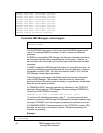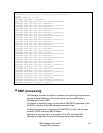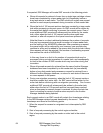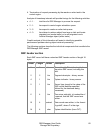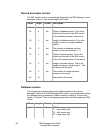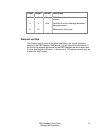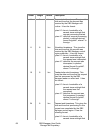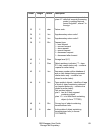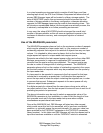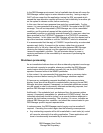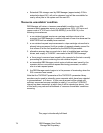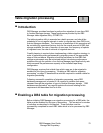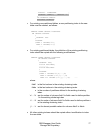
70 DB2 Manager User Guide
StorageTek Proprietary
Offset Length Format Description
60 2 Bin Record number within object containing
stored/retrieved row
62 2 Bin Number of records containing
stored/retrieved row
64 8 char Requester’s jobname
72 8 char Requester’s userid.
80 4 char Identifier of system on which request
originated
84 12 - Reserved
Operational considerations
This section discusses miscellaneous topics relating to the operation of the
DB2 Manager control region and its environment. This includes a discussion
of performance considerations for retrieval of migrated rows from an Archive
Manager database using DB2 Manager.
Use of the MAXTRDR parameter
The MAXTRDR parameter is used to limit the number of tape cartridge drives
that DB2 Manager will allocate concurrently for performing simultaneous
access to multiple tape volumes in response to migrated row retrieval
requests. It is intended to enable users to prevent DB2 Manager from
depleting the number of available cartridge drives on a system to the extent
that other work will be unable to complete.
Once at the MAXTRDR limit, DB2 Manager will reject any other request
which would require an extra tape drive in order for it to be satisfied, with a
‘resource unavailable’ condition, or optionally queue the request internally if a
non-zero value has been specified for the TAPEWAIT parameter in the
TAPECNTL parameter library member. In this latter case DB2 Manager will
retry the request at 1-second intervals until a tape drive becomes available or
until the TAPEWAIT interval is exceeded.
Rejection of a request due to the MAXTRDR value having been reached or
due to the TAPEWAIT interval having been exceeded will generate an SQL –
652 error and reason code (in field SQLERRD(6) in the SQLCA) of X’1015’.
The value chosen for MAXTRDR should ensure that occurrence of this
condition is minimized, while still allowing other work on the system to
continue without delay. If necessary, the value of MAXTRDR may be varied
during the day to correspond to variations in the system workload.



